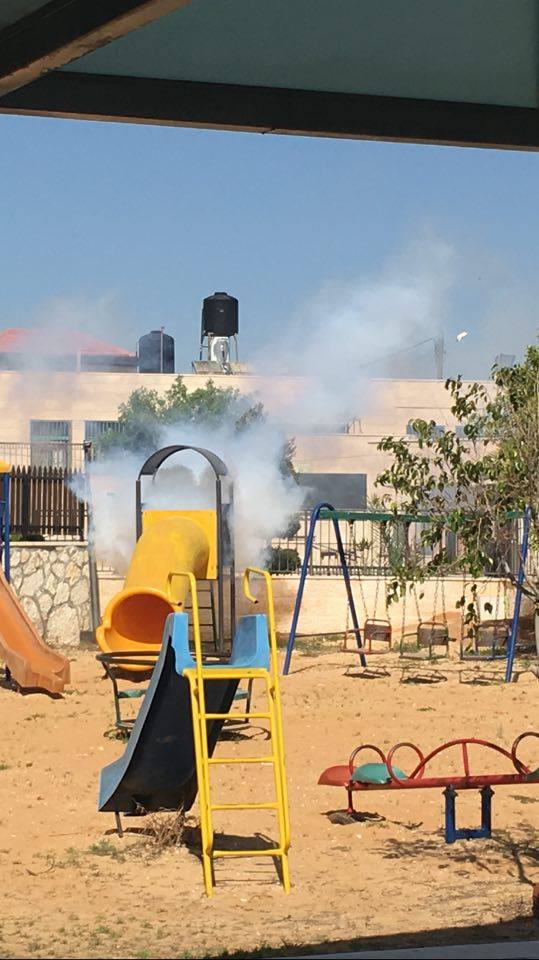Tag: International law
-
Continuous struggle for justice in occupied Hebron
15th March 2016 | International Solidarity Movement, al-Khalil team | Hebron, occupied Palestine On 9th March 2016, Israeli forces yet again demolished the illegally erected synagogue-tent on private Palestinian land close to the illegal Israeli settlement of Kiryat Arba in occupied al-Khalil (Hebron). The synagogue-tent was build up by settlers some years ago opposite the…
-
Targeting playgrounds in Ni’lin
14th March 2016 | International Solidarity Movement, al-Khalil team | Hebron, occupied Palestine On Friday, 11th March 2016, Israeli forces again attacked the non-violent protest in Ni’lin in the occupied West Bank, showering the village, including a public park and playground, in tear gas. For years the villagers of Ni’lin have been protesting the illegal…
-
Ethnic cleansing of Shuhada Street in occupied al-Khalil (Hebron)
6th March 2016 | International Solidarity Movement, al-Khalil team | Hebron, occupied Palestine Since the 1994 Ibrahimi Mosque Massacre, the majority of Shuhada Street – once the thriving Palestinian market and main thoroughfare connecting north and south al-Khalil (Hebron) – has been closed to Palestinians. They are completely barred from accessing it, except for a…



